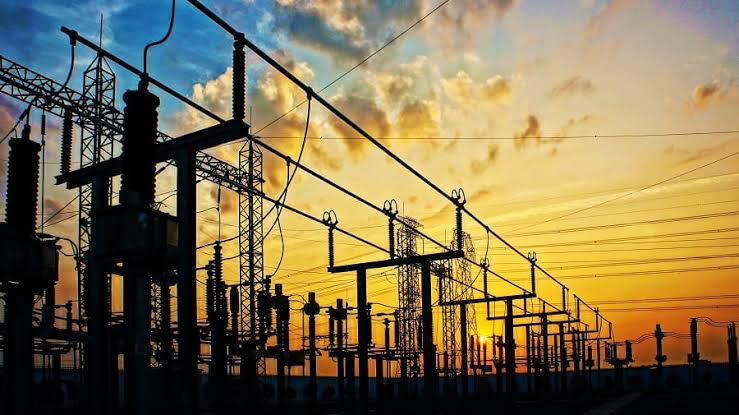On January 4, 2024, Reuters reported a pressing issue in South Africa’s energy sector: the urgent need for extensive power plant construction to ensure a stable electricity supply up to 2050. This development is crucial for Africa’s most industrialized economy, which has been grappling with power cuts for over a decade, severely hindering economic growth. Last year, these power outages reached unprecedented levels, with blackouts lasting up to 10 hours a day.
The government’s latest Integrated Resource Plan (IRP), released for public comment, lays out various strategies to address the power shortfall up to 2030 and from 2031 to 2050. In the immediate future, the plan emphasizes the acceleration of ‘dispatchable’ power generation options, like gas-to-power, and suggests delaying the planned shutdown of coal-fired plants to retain existing capacity. Dispatchable power plants are crucial as they can be adjusted according to the power system’s needs.
The period between 2031 and 2050 will require a significant new build program, with substantial capacity needed in just over a decade. The IRP proposes various combinations of nuclear power, renewables, clean coal, and gas to ensure a secure supply of electricity. This massive construction program marks a significant shift for South Africa, which was once heralded as a model for transitioning away from coal-fired power plants that still dominate its electricity needs.
However, the worsening power crisis has forced the government to reassess and potentially delay its strategy for closing old coal stations, aiming to maintain a stable power supply. The challenge lies in balancing the urgent need for reliable electricity with the long-term goal of transitioning to cleaner energy sources.
This situation highlights the complexities involved in energy transitions, especially for countries heavily reliant on coal. South Africa’s power crisis underscores the need for a diversified energy mix and the importance of timely, strategic investments in energy infrastructure. The IRP serves as a roadmap for these investments, but executing it will require careful planning, significant financial resources, and strong political will.
As South Africa navigates its energy future, the decisions made today will have long-lasting implications for its economic growth, environmental sustainability, and energy security. The IRP’s focus on a mix of traditional and renewable energy sources reflects a pragmatic approach to meeting the country’s immediate energy needs while laying the groundwork for a more sustainable future.
The power plant construction program proposed in the IRP is not just an infrastructure project; it is a critical component of South Africa’s economic and environmental strategy. It represents a significant opportunity for the country to modernize its energy sector, create jobs, and stimulate economic growth, all while moving towards a cleaner energy future.
Moreover, the plan’s emphasis on dispatchable power highlights the importance of flexibility in the energy system. As renewable energy sources like wind and solar become more prevalent, the ability to adjust power output to match demand becomes increasingly important. Dispatchable power plants, whether fueled by gas, coal, or other sources, provide this flexibility, ensuring a stable power supply even when renewable sources are not available.
The IRP also touches on a global issue: the challenge of transitioning from fossil fuels to cleaner energy sources. South Africa’s reliance on coal-fired power plants is not unique; many countries face similar challenges in balancing economic, environmental, and energy security goals. The country’s approach to this challenge – focusing on a diverse mix of energy sources and investing in new infrastructure – offers valuable lessons for other nations undergoing similar transitions.
In conclusion, South Africa’s plan for extensive power plant construction highlights the critical need for strategic investments in energy infrastructure to ensure a stable electricity supply. This plan, if executed effectively, has the potential to drive economic growth, support environmental sustainability, and enhance energy security. As the world watches, South Africa’s journey toward a balanced and diversified energy future will offer insights and lessons for global energy policy and practice.



